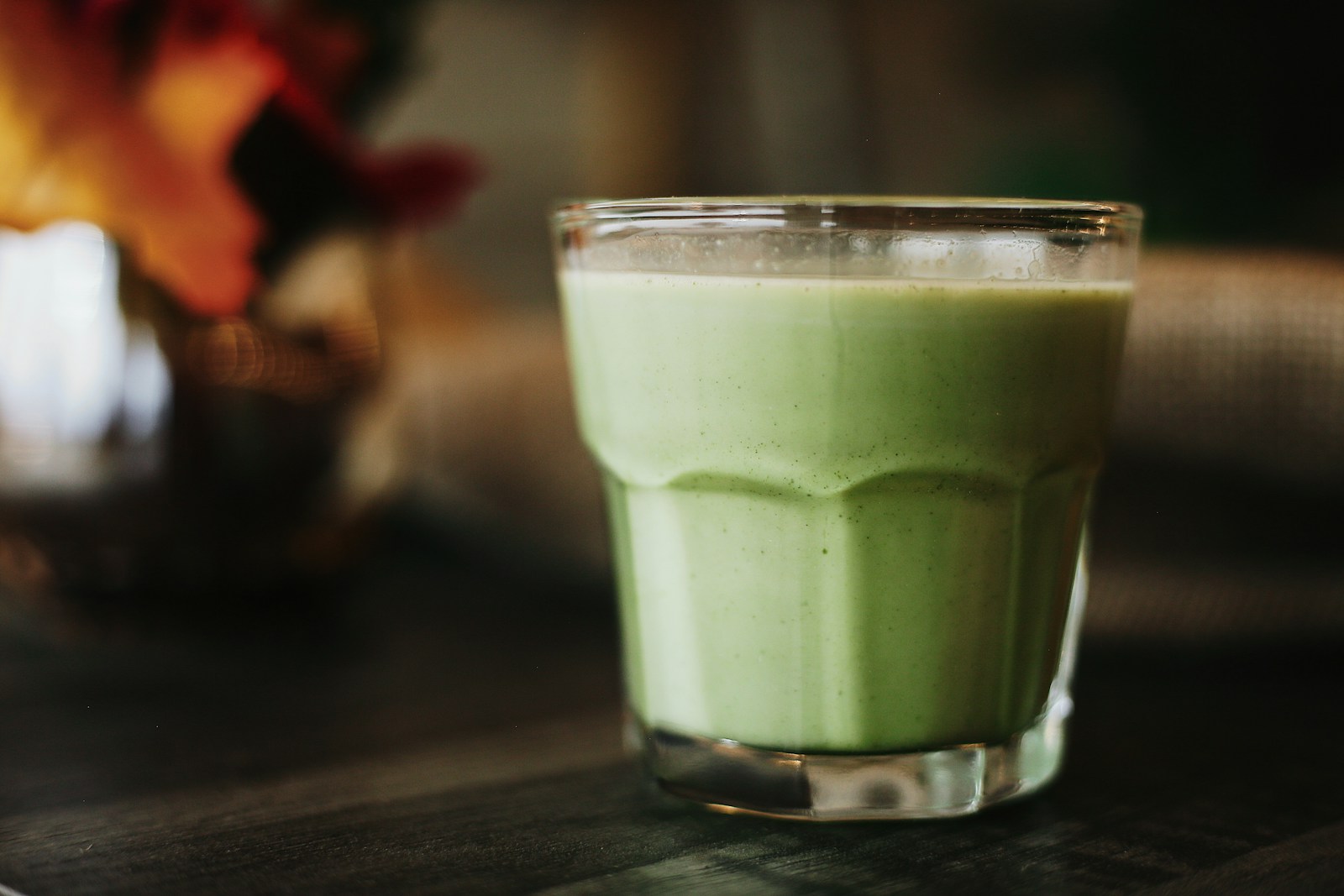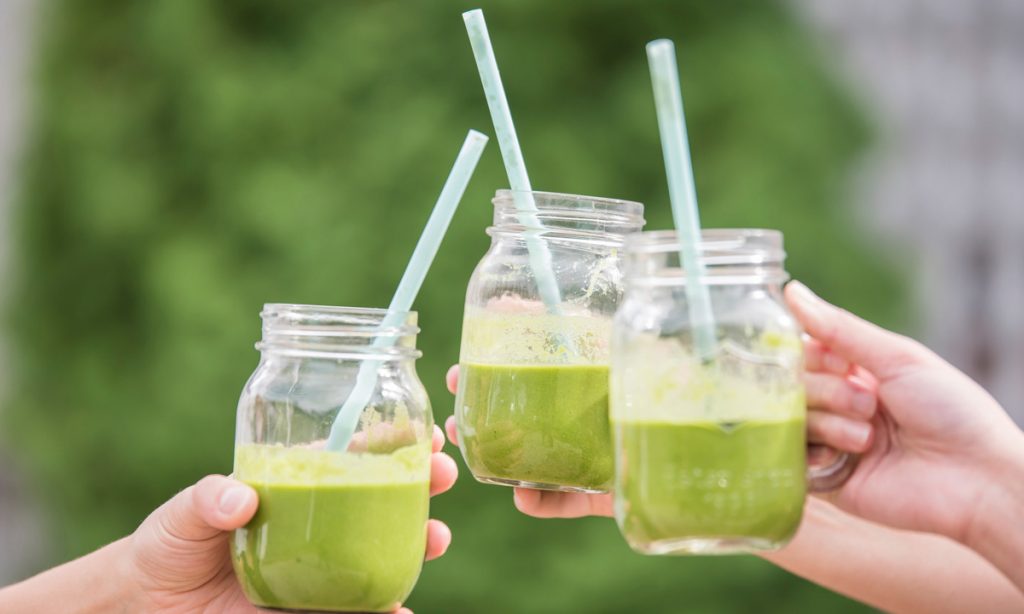
What is cannabis juicing? – The Fresh Toast
It's popular, fun, and filling – and some say it's good for the body. Juicing is great – but how about cannabis?
Juicing continues to grow and become mainstream, with juice bars popping up everywhere. It's seen as another way to get a quick healthy meal and get the veggies and fruits you need in just one drink. It's grown into a $1 billion+ industry worldwide. So what is cannabis juice? And does it get you high or provide medicinal benefits?
Cold-pressed juices allow you to use the nutrients from raw fruits, vegetables and herbs that are lost when the products are heated or cooked. Juicing emerged in the 1930s and then became popular in the health-promoting hippie 70s. Around the same time, part of the general public became interested in marijuana.
RELATED TOPIC: The Health Benefits of Raw Cannabis Explained
Adding raw cannabis leaves and flowers to juice cleanses could be beneficial. While more research needs to be done as legalization progresses, as a dietary supplement it could enhance the plant's antioxidant and neuroprotective properties. Raw cannabis can contain 500 to 1,000 mg of non-psychoactive THCA, CBDA, and CBGA. For comparison, the same amount of cannabis contains 10 mg of THC after heating. Since the THC in cannabis only becomes psychoactive when heated, consuming raw cannabis allows one to reap the benefits of the plant in a non-intoxicating way. So no, you won't get stoned from drinking cannabis juice.
Raw cannabis appears to be particularly helpful in treating inflammation and autoimmune diseases. Unheated CBDA and THCA (THC acid) are both said to have medicinal properties, but there is comparatively little scientific research on cannabinoid acids.
As with any other cannabis product, results vary depending on the individual's endocannabinoid system. Some people report a dramatic change after just one serving of raw cannabis juice, while others may take four to eight weeks to see full results.
RELATED TOPICS: Marijuana and exercise, all part of a healthy life
Additionally, juicing is not for everyone. Speak to a doctor before you start juicing cannabis if you have a pre-existing medical condition. People potentially at risk include patients with kidney or gallbladder problems, as well as those taking blood-thinning medications or medications whose effects can be blocked by pomegranate or grapefruit juice.
 Photo by Jose Soriano via Unsplash
Photo by Jose Soriano via Unsplash
How to make raw cannabis juice
Local dispensaries do not carry fresh leaves and flowers. More and more dispensaries are carrying clones, making growing cannabis at home a viable option in states where home cultivation is legal. Look for fresh, organically grown cannabis plants without pesticides. Store leaves and flowers in vegetable bags in the freezer or refrigerator to keep them fresh if you don't use them right away.
RELATED TOPICS: 3 Main Reasons Why Cannabis Is a Powerful Superfood
Squeeze out about 2 large buds and 15 to 20 large leaves. The buds should be clear, not amber, if the leaves are picked while the plant is in full bloom.
Soak the leaves for about five minutes and then juice them in a cold press or blender.
Adding freshly juiced organic fruits or vegetables to cannabis juice will soften the harsh flavor of the raw cannabis and dilute the mixture, making it easier to digest.
Divide the cannabis juice into three portions and drink one portion with each meal.
Store freshly juiced cannabis in a tightly sealed container and place it in the refrigerator, where it should last for up to three days.

Post a comment: